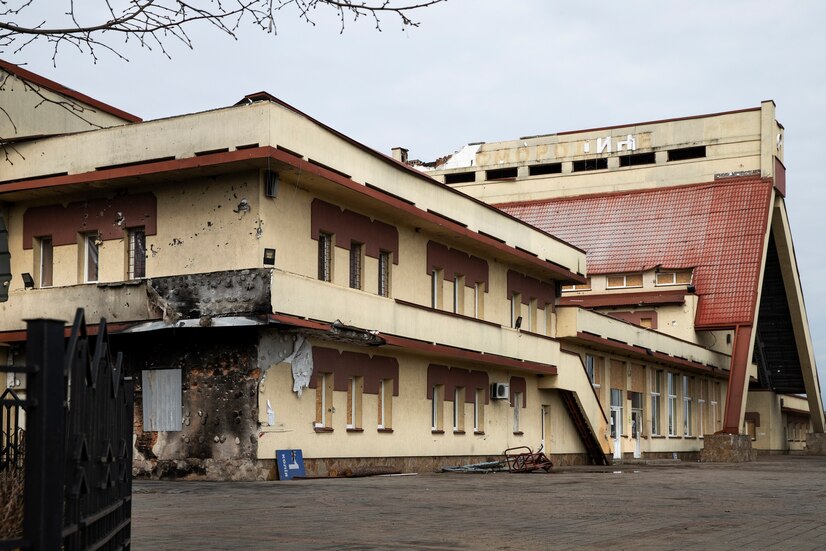- 1.1 Finding distressed properties
- 1.2 Cues to identifying distressed properties
- 1.3 Flipping distressed properties
You’ve probably driven past a dilapidated home and briefly entertained the thought of investing in it and bringing it back to its original form. In fact, distressed properties are everywhere, but it takes a lot of faith and a substantial investment to restore such distress properties for sale. Despite the challenges, it can be an incredibly fulfilling endeavor, more so because they yield impressive returns.
Introduction to distressed properties
The term distressed can mean a lot of different things, but when used in relation to a property, it denotes damage or disrepair. Distressed properties come in a variety of sizes and conditions, and thus, they are often part of the foreclosure. It’s not uncommon for owners in financial distress to neglect their properties and let them fall into disrepair, more so when it is not their primary residence. That said, another form of distressed properties are newly developed homes that are left partially completed. No matter what’s the origin story of a distressed home, there’s always significant work needed.
Finding distressed properties
Finding a property in disrepair doesn’t always indicate an opportunity, nor does it mean finding a motivated seller. This is why data-driven investors look beyond the superficial. If you too are looking to find distressed properties for sale, you must uncover the not-so-obvious cues that indicate whether or not the property is really distressed and whether there’s profit to be made. Investors without discipline and a data-driven focus will always be at a disadvantage.
Cues to identifying distressed properties
- Physical cues: This is probably the most obvious sign of a property in distress. There are times when a property may have been neglected because of the owner living out of state or because the house is too old for proper upkeep. There are times when the owner may simply be too tired to maintain the property.
- Life event cues: Life events like divorce or death are often signs of a distressed property. When homeowners grow old, they sometimes fail to keep up with the financial burden of property maintenance. Even in case of a messy divorce, homeowners may want to get rid of jointly owned properties. Thus, these life-altering events can often be signs of distressed properties. However, you must proceed with caution as you should not seem too eager or without empathy.
- Debt-related cues: Much like the sale price, the monthly mortgage payment on a property is a serious indication of whether the property is generating income or is bleeding money. Thus, debt-related cues are often the most telling signs of a pre-foreclosure or a foreclosed property, and of finding a property owner willing to have you help them.
Flipping distressed properties
Fixing or renovating distressed properties isn’t simple and often requires tons of effort and substantial capital. Though the effort can present a significant payoff for investors, it is still considered a great gamble and certainly not for the faint-hearted. The work starts with an initial home inspection to find out exactly what needs to be repaired or renovated. Sometimes, the damage is right in front of everyone’s eyes, but many times, problems remain unseen, like when the property suffers from a cracked foundation.
Once the property has been repaired or renovated, most investors would look to flip it. The word ‘flipping’ means the practice of selling a home at a profit after buying and renovating it. Flipping is typically most successful when the property is located in a desirable locality/neighborhood. This allows investors to capitalize on the favorable property values in the area and at times even see a higher profit than similar homes.
Key takeaway
A formerly distressed home, restored to a liveable condition, often sells like a hot commodity in the real estate market. In fact, investors and sellers often use the before and after images of recently remodeled homes as it works great as marketing material. So, if you’re ready to take the plunge into the world of real estate investing, we would recommend following a reliable listsource for genuine distressed property leads. This would also allow you to track genuine real estate trends and other information pertaining to real estate investment.
Investing in distressed properties is sure a wise and profitable move, but it comes with its own set of challenges. That said, it is still a great opportunity for professional real estate investors or even ones just getting started in real estate investing. According to experts, almost anyone can find opportunities in the distressed property market, if he or she understands how it all works.
If you have more queries related to real estate investments, feel free to comment below, and we will do our best to address them in our future blogs.
